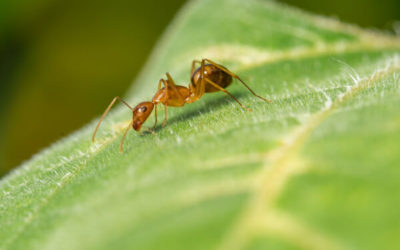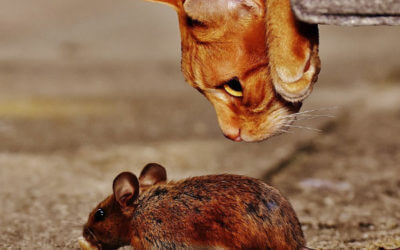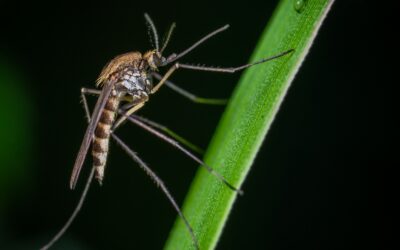
Relationship Between Insects and Light
One unpleasant side effect of warmer weather is the emergence of the insects that have been lying in wait all winter long. During the winter, especially in colder climates, you typically don’t see many insects at all, especially outdoors.
The summer, though, is definitely a sharp contrast: bugs are everywhere! As they emerge, we get the chance to observe some of their habits, both good and bad.
Anyone who’s sat outside on a summer night is well aware of the strange relationship that exists between insects and lights. Moths, especially, are known for seeking out sources of light. But to the casual observer, their behavior seems confusing. Watching a moth bump into the same light bulb or window pane over and over makes you wonder: what are they trying to accomplish here?
Currently, there is no definitive scientific answer for why insects seek out light– only a handful of educated theories. We’ve gathered them here to help you understand why your porch light is surrounded by moths!
Desperately Seeking Dinner
Flower nectar is a major food source for moths. During the day, flowers reflect UV light, which moths are attracted to. It makes sense that they’re just seeking out something to eat! But light bulbs don’t give off UV light like the sun… do they?
Most common household light bulbs do not emit pure UV light, but incandescent bulbs do give off just a little– not enough to be harmful to humans, but definitely enough to attract the attention of a hungry moth.
What in the World is Phototaxis?
Phototaxis is a fancy word that describes the phenomenon of an organism seeing light as a stimulus. For some insects, light is a negative stimulus that they avoid. But for moths and other insects, light is irresistibly attractive, causing them to seek it out and continue to do so even if it doesn’t provide them with food.
This might be influenced by their relationship with the sun. Insects use the sun as a guide, and flying toward it might help them find their way. An incandescent light at night might look like the sun to them, causing them to fly toward it seeking guidance.
Cockroaches, on the other hand, do everything in their power to avoid light. If you’ve ever had cockroaches, you probably noticed the way they scatter when you turn on a light. This is called negative phototaxis!
Artificial Light causes Confusion
For phototactic insects, the presence of an artificial light is appealing because it seems like it will guide them in the same way the sun does. However, incandescent light bulbs emit light very differently than the sun. The angle of the light of the sun (or moon) helps them find their way, but an incandescent bulb emits light in all directions. This might explain why moths fly into the same bulb over and over: they’re trying to figure out which way to go!
Are there Types of Light that Bugs don’t Like?
Incandescent bulbs are the most common type of household light, since they provide a warm, neutral light to help us see at night. Insects that are attracted to light are specifically attracted to the color of light that incandescent bulbs emit.
If you want to light your porch or outdoor area without attracting a swarm of bugs, you can try specially colored lights that are designed so that bugs aren’t attracted to them. Most phototactic insects (moths, namely, but also some flying beetles and gnats) will not respond in the same way to yellow or red bug lights.
A surefire Method of keeping Bugs Away
At best, insects can be annoying, but at their worst some insects can be downright dangerous. The best way to keep your home insect-free is to work with an experienced pest control service that can treat your home, inside and out, to keep pests away while keeping your family and pets safe.
If you’ve been struggling with unwanted insects, it’s time to reach out to West Termite, Pest & Lawn. With nine locations in Arkansas and Oklahoma, we’re close by and ready to help. Give us a call today and enjoy a bug-free summer!
More posts from West Termite, Pest & Lawn
Deterring Ants from Going Into Your Kitchen
Ants are among the most common household pests, and the kitchen, with its abundant food sources and moisture, is a prime target for these tiny invaders. Understanding how to deter ants from entering your kitchen involves a combination of preventative measures,...
Diseases That Rodents Can Bring
Rodents, while often small and seemingly innocuous, are significant carriers of numerous diseases that can pose serious health risks to humans. These pests, including rats and mice, thrive in various environments, often seeking refuge in human dwellings where food,...
Dealing with Mosquito Season
As the weather warms up, many of us look forward to spending more time outdoors, enjoying our yards, and hosting barbecues. However, with the arrival of summer comes the unwelcome presence of mosquitoes. These pesky insects are not just a nuisance; they can also pose...



